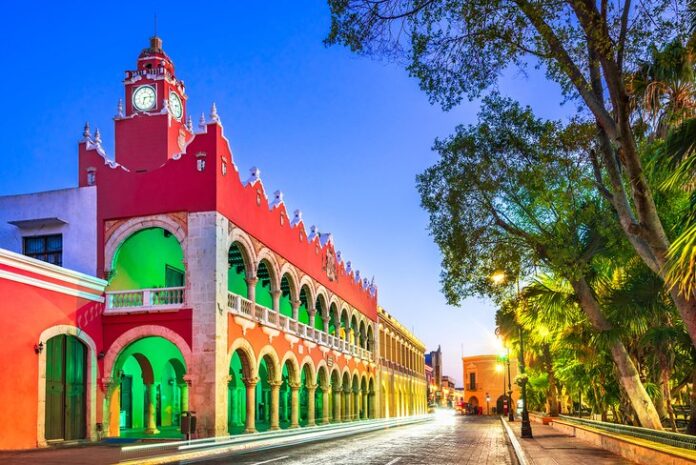Although inflation has been reduced, Mérida continues to be the most expensive city in the Mexican Republic.
Inflation in the State of Yucatán continues to show signs of deceleration during the first half of October 2023, with a recorded rate of 6.62 percent.
However, despite this decrease, Yucatán remains above the national average, which stands at 4.27 percent, according to the National Consumer Price Index (INPC) report.
Although the downward trend in inflation is a positive sign, the 6.62 percent figure indicates that prices in the state are still relatively high compared to the national average.
MÉRIDA, THE MOST EXPENSIVE CITY IN MEXICO
In a more detailed analysis of the INPC report, it is highlighted that in the first half of the year, the city of Mérida was positioned as the most expensive in the entire country, with 6.62 percent inflation, followed by Jacona, with 6.53; Campeche, 5.67; Tepatitlán, 5.60, and León, with 5.19 percent.
During the first half of October this year, several products and services had a notable impact on inflation, with variations in their prices. These factors include: electricity, which saw a sharp increase of 19.23 percent.
This increase in electricity costs can have significant budget implications for consumers and businesses as it affects an essential service.
Also air transport, where plane ticket prices registered an increase of 11.04 percent, which impacted both travelers and businesses related to the air sector.
Packaged tourism services increased by 5.84 percent, which may influence travel decision-making and tourism activity, as higher prices may affect demand in the industry.
Sugar rose by 5.60 percent, this variation can have an impact on final consumers and on companies that use the sweetener in their production, such as the food and beverage industry in the entity.
This data reflects how changes in the prices of specific products and services can affect inflation and, ultimately, the cost of living of citizens.
In contrast, within the underlying index, at a biweekly rate, the prices of merchandise grew 0.22 percent and those of services, 0.27.
Within the non-core index, at a biweekly rate, the costs of agricultural products fell 1.72 percent, while those of energy and tariffs authorized by the government rose 2.03 percent.
The above, to a greater extent, due to the conclusion of the subsidy to the summer season electricity rate program in 18 cities in the country, indicated the autonomous constitutional body, in its biweekly report.
Source: Novedades Yucatan






